Using the HTC G1, 10 years later: 2008's smartphone is effectively a dumbphone in 2018

Going into this series, I hoped I’d get back to the T-Mobile G1/HTC Dream and be able to romantically wax about where Android came from. How the G1, though dated, still held up the promises made by Google's first Android effort back in 2008. Analytically, it's all true, but time has not been kind to the phone, and using it has made for a pretty rough week, even by my recent standards.
Like the last three phones on this trip, I also assumed I'd have a fresh set of anecdotes from the experience to share, so that I could tell you all the ways its peculiarities, shortcomings, or strengths impacted my life in a way that was entertaining and informative.
This time I only have one: Using the G1 made me not want to use a phone at all.
Like the frog in boiling water, I'd been acclimating myself to progressively older (and objectively worse) phones, but the G1 takes the cake. And no one is at fault, save me. The phone just wasn't designed to be relevant a whole decade after it came out, and having it as my only personal phone simply pushed me away from using a phone at all.
It's been a week without music on the go. A week without portable distractions. A week without a functioning browser, Reddit, Kindle, or Pocket in my... well. I've become disconnected in a way I haven't felt since before I started using smartphones.
The first Android device wasn't without its shortcomings in 2008 even if its brand new, open-source operating system whispered of future potential. Now in 2018, it's hard to call it a smartphone.
Early Android is functionally dead
This time I was able to get screenshots.
I actually had to go through three different G1s before I got one that was able to connect with my SIM to T-Mobile. Like the other phones in the series, I ultimately settled on using the last officially supported version of the OS, in the hopes that it would offer the best experience. So those of you hoping for some RC29/1.0 action are out of luck (for now). I used the G1 on 1.6 Donut.
In a problem that has slowly been amplifying in this series, almost nothing on the G1 that depended on external services or the internet worked. Browser certificate issues, which started to crop up in my time with the Nexus One, continued. That basically meant I couldn’t access most of the modern internet. Pushing my head together with a developer, the progression of updates to get past the SSL/TLS hump and into a functioning setup for 2018 didn’t seem possible or practical on Android 1.6, especially in the time that I had.
The G1's browser performance on the sites it could load was also terrible. To my benefit, our site can actually be accessed on an entirely insecure connection if need be — assuming you have the patience to tap past ~20 certificate errors. But actually loading an article was so slow as to be impossible, especially on mobile data. On my way home one day, I spent a good ten minutes trying to check comments on one of my posts, and after the minutes it took to load, I discovered Disqus was one of those things that just doesn't work on the G1. But browsing the internet wasn't the only issue.
What you see if you try to open the Market
Again, Android's Market was dead. If you try to launch the app, it would alternately dump you back to the home screen or open a "Get Google" site in the browser that, again, the browser can't load in 2018. If you try to work around that by sideloading apps, it's hard to track any down from that era without resorting to sketchy forum uploads — and Android 1.6 wasn't especially secure to begin with.
For the few apps that I did find and test, like an old version of Reddit is Fun (thanks Andrew Shu), if they had to talk to external services, they didn't work either.
Now you see contacts, now you don't.
Most of the built-in apps that had to deal with anything off-device had issues as well. Gmail only seemed to be able to synchronize my emails intermittently. Contacts previously imported to my testing account wouldn't show up in my contacts list, though the names and contact credentials did appear in SMS, call ID, and other entry fields.
Objectively the best sandwich.
Surprisingly, I didn't have any issues with Maps this time around. GPS accuracy and resolution was not the best, but I could search, pan around, and find my location without much problem, unlike the Galaxy Nexus.
Rounding out the experience, there were the typical early Android bugs. Pretty often, I'd pull the phone out of my pocket to check notifications, and it’d just hang on a black screen for a minute before rebooting. Once in a while, it would just turn itself on while sitting there. Sometimes on reboot, it would just hang indefinitely on the boot animation until I pulled the battery, and the next try would be fine. A couple of times it even randomly restarted in the middle of actions like sending an SMS or loading a page.
I often forget how unstable Android used to be. Those random reboots were even an issue on my time with 4.3, and this last month has reminded me of how much they were A Thing back in the day. Looking across the history of the operating system with fresh eyes, Android's stability has improved dramatically over the years.
Google didn't discover the concept of design until some time in 2010.
Android 1.6 Donut is, by modern sensibilities, basically unusable, but if your expectations are low enough and you're willing to cut phone use to a minimum, you can get by. It'll make calls, send SMS, check email, and manage basic things like a calendar, but it's pretty much a dumphone.
Plastic fantastic
Apart from the humorous curiosity of the G1's sliding screen, I don't have a lot of positive things to say when it comes to build quality or hardware. The phone's all-plastic body creaks at the slightest touch. Individual parts like the bezel for the screen, the keyboard tray, and the face of the chin feel a bit more durable, but the G1 has that early Android plastic-on-plastic aesthetic that exudes cheapness and compromise — an image it took years for the platform to shake.
It might be plastic, but the phone is also much heavier than I expected it to be at 158g. For some perspective, that's just a few grams under the Galaxy S9. Unlike the svelte glass and metal build of Samsung's latest, the G1 is an absolute unit brick at 2/3 of an inch thick. However voluminous your pants or pockets, the first Android phone makes itself seen and felt.
Almost /r/noisygifs.
The sliding keyboard mechanism is very gratifying to play with, snapping into each position with the perfect level of resistance, tactile feedback, and a satisfying click. The actual keyboard itself isn't anywhere near as pleasant to use.
I never owned a keyboard-equipped phone outside my Blackberry Pearl, so I don't have the nostalgia that seems to sustain the dead niche. Coupled with my calloused thumbs, I found it hard to use the G1's short and shallow keys by touch.
Powered by a single-core Qualcomm 528MHz SoC and paired with 192MB of RAM and 256MB of (microSD expandable) storage, the G1's top-of-the-line 2008 era specs aren't winning any awards in 2018. Its 3.2" 320x480 screen was a bit smaller than Apple's original iPhone (with slightly narrower viewing angles), but it was clad in Gorilla Glass. On paper, all these numbers are a bit funny compared to modern phones, but early Android didn't demand much. If I had jumped straight to the G1 I'd probably have more negative things to say, but general performance was actually fine — outside the browser, anyway.
Battery life could be good with the removable 1,150mAh cell, but it was generally pretty bad. If I kept Wi-Fi disabled it would last all day, no problem. In part, I'm sure that's due to how little I used the phone, but it was still more than I expected. If Wi-Fi was on or I started taking photos, battery life took an immediate and palpable nosedive.
My two biggest problems with the G1's hardware are all about its lone, Mini-USB port. For one, it took a while to track down a cable that wasn't already in use by something else. My keyboard and Retrodeare the only gadgets in regular use that still have the antique connector, but luckily I had a decently long cable tangled up and unused at the bottom of a box. My other complaint is much more anachronistic.
All this has happened before, and it will all happen again. The G1 needs a dongle for audio. Unlike my ongoing frustrations with the Pixel 2 XL (rage, rage, against the dying of the analog audio jack) I don’t have the required adapter for the G1. That meant I had no music. The horror.
Of all its hardware features, I was least looking forward to the G1's camera, and it perfectly met my incredibly low expectations. The G1's camera may have been acceptable in 2008, but it is utterly without redeeming qualities to the modern eye.
When using the touchscreen for text input, I noticed a strange issue with accuracy: My registered tap would functionally "roll" between keys, showing the pop-up for two or three keys from start to finish. Combined with that, it seemed like the phone applied some sort of averaging or hysteresis to the tap after the fact, like it would do its best to ignore that "roll" at the trailing end of my touch — just not very effectively. So half the time I'd see a series of keys pop up in succession and it just sort of decided to take one of them randomly as input. The G1 also didn't support multitouch, so touchscreen typing had to be done carefully one key at a time, and there was no pinch to zoom in maps.
If the G1's software was just barely usable for basic functions, then its hardware has held up far better to the ravages of time. It runs the software it needs to with acceptable performance, and excluding the camera and maybe the lack of multitouch, nothing about it is objectively terrible, just disappointing.
History is being lost
In my hunt for old G1/HTC Dream related images, I discovered something I hadn't anticipated: No one is making an effort to maintain or preserve Android's history. Ron Amadeo was able to point me to a Google Code archive with some useful files for flashing back through the full lineage of G1 updates, but following through old XDA Forum posts for instructions and documentation on other topics more often than not led to 404'ed download links.
Some G1-era files are still around, but many have been lost.
Those pages and files are a big part of Android's origins. Many of Android's later features started out as enthusiast efforts and homebrew hacks on top of Google's stock software. The slow and unwatched death of these archaeological downloads to MediaFire entropy is a massive blow to our history.
I'm not really in a position to help, but I hope that there are more archives out there filled with community-produced things like early root and ROM projects. Perhaps someday we'll lose enough of our history to come together and build some kind of museum repository of old images, zips, and APKs. I'm sure my old backups probably have a few files that no longer have an official source, together we might be able to reconstruct some of what's been lost.
I'm glad this is (mostly) over
We've been tremendously spoiled since the early days of smartphones. Although the common refrain may be that flagships are starting to get boring, all it takes is a quick trip back in time to see just how exciting all the basic features we take for granted are.
I'm sure some people would disagree, but I stand by my assessment: In 2018, the G1 is basically a dumbphone. Changes in security and a failure to maintain backward compatibility with admittedly antique technology have resulted in the experience I've described here. It's not a slight against Android or the G1. Neither Donut nor HTC's hardware were meant to last a decade, it's just the way these things go.
Still, this journey has given me some much-needed perspective. We tech bloggers collectively nitpick over things like touch latency and bezels, but now I'd be satisfied with almost anything. I spent a month working my way through hardware that often didn't qualify as good when it was new. For the last two weeks, I didn't even have a working browser. At this point, any vaguely modern Android phone would be a vacation.

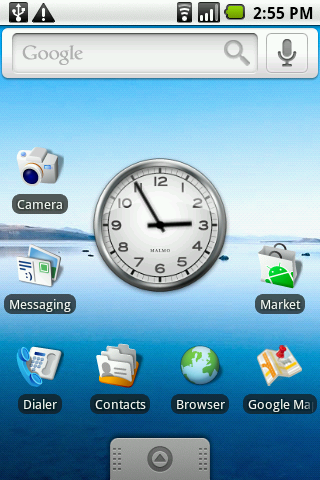
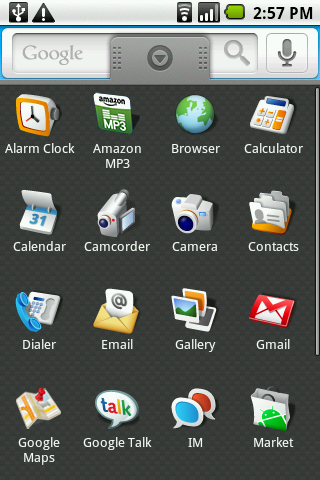
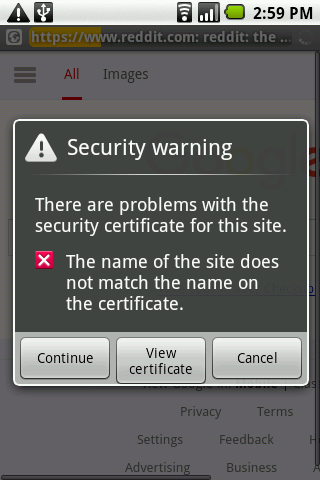

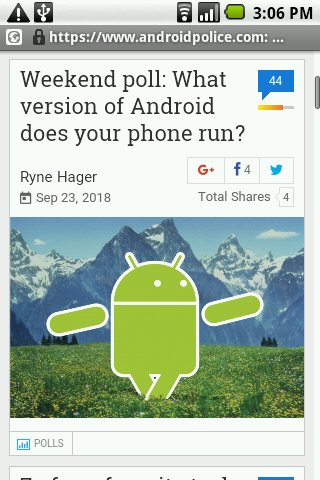
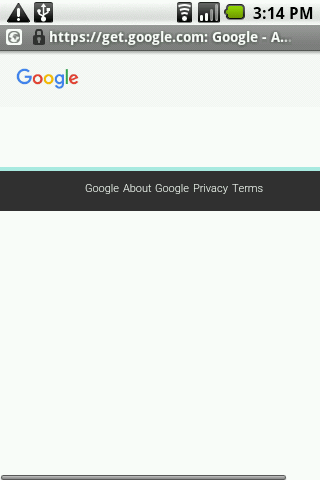
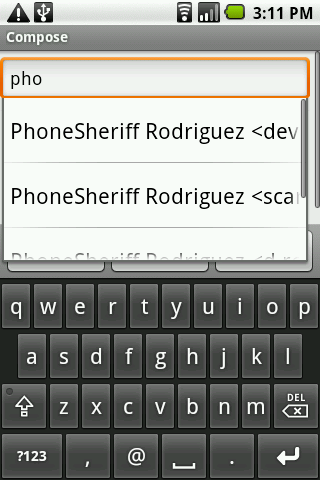

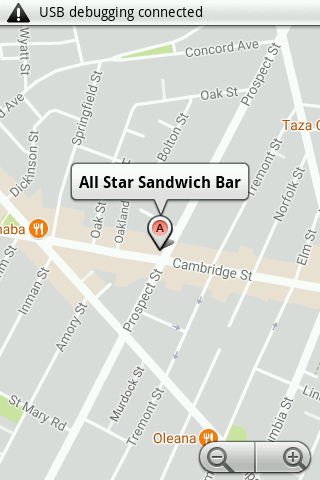




















Comments
Post a Comment